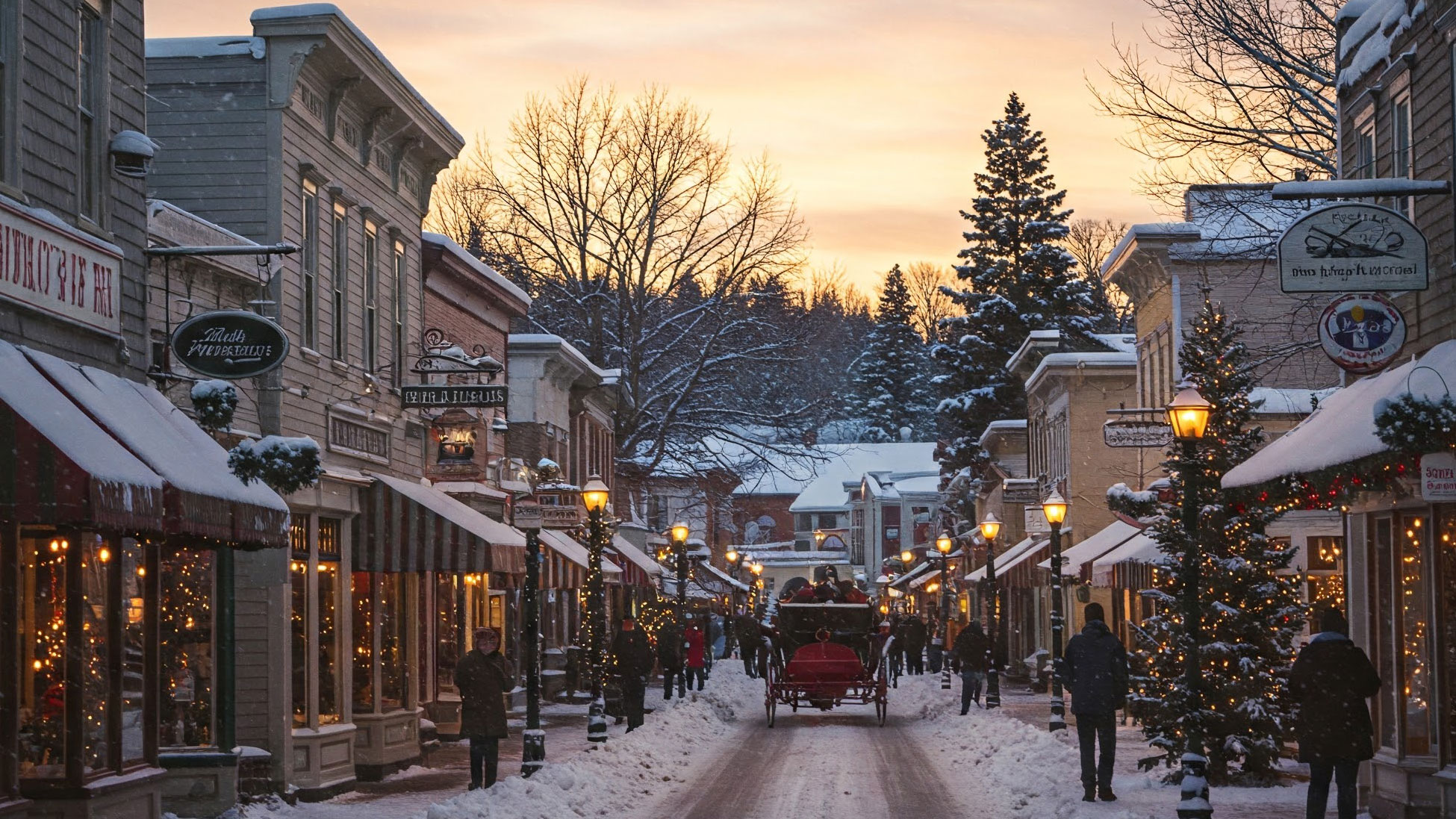In recent years, the travel industry has witnessed the rise of a new and inspiring trend: voluntourism. Combining travel with volunteer work, voluntourism offers travelers a unique opportunity to make a positive impact on the communities they visit while also exploring new cultures and landscapes. It’s a way of traveling with a purpose, where the focus shifts from simply sightseeing to giving back and contributing to the well-being of others.
This form of travel allows individuals to immerse themselves in local communities, offer their skills and time, and gain rewarding experiences that extend far beyond the typical tourist activities. Whether it’s helping build homes, teaching English, or working on environmental conservation projects, voluntourism can deeply enrich both the traveler and the destination. In this article, we’ll explore what voluntourism is, its benefits, and how to get started on a voluntourism journey.
What is Voluntourism?
Voluntourism, a blend of volunteer work and tourism, is a way to travel that involves contributing to community development or environmental preservation while simultaneously exploring a new place. It goes beyond just giving back—it’s about experiencing a destination in a way that fosters long-term sustainability and positive change. Travelers participate in various volunteer projects such as supporting education, healthcare, animal welfare, building infrastructure, or environmental conservation.
One of the primary appeals of voluntourism is that it offers an immersive experience. Instead of simply passing through as a tourist, voluntourists live and work within the community, making their visit more meaningful and personal. These trips often focus on long-term goals and provide travelers with the chance to witness the tangible results of their work, which can be incredibly fulfilling.
The Benefits of Voluntourism
Voluntourism offers numerous benefits for both travelers and the destinations they visit. Here are some of the most impactful advantages:
- Personal Growth and Fulfillment
Volunteering abroad provides an opportunity for profound personal growth. It encourages travelers to step outside their comfort zones, face new challenges, and learn new skills. Whether it’s learning a new language, adapting to a different culture, or gaining hands-on experience in a particular field, voluntourism broadens one’s horizons. The sense of fulfillment from contributing to a cause can lead to increased self-awareness and a deeper understanding of global issues. - Making a Positive Impact
By participating in volunteer projects, travelers can contribute to meaningful change in communities that need support. Whether it’s helping rebuild after a natural disaster, providing education to underprivileged children, or assisting in wildlife conservation efforts, voluntourists play an essential role in supporting the local community. Many communities benefit directly from the expertise and resources that volunteers bring, which can help create lasting improvements in areas such as healthcare, education, and infrastructure. - Cultural Immersion
One of the most enriching aspects of voluntourism is the opportunity for cultural immersion. Travelers live and work alongside local people, often staying in homestays or community-based accommodations. This immersion fosters deeper relationships with locals, providing insight into their way of life, traditions, and values. By experiencing a culture from the inside, voluntourists gain a richer understanding of the world beyond what is seen in typical tourist destinations. - Traveling with Purpose
For many travelers, the idea of simply sightseeing and ticking off bucket-list destinations is no longer enough. Voluntourism provides a more purpose-driven alternative. Travelers can visit destinations that are off the beaten path, often in rural or underserved areas, while making a positive difference. This purposeful approach can lead to a more meaningful, memorable, and impactful travel experience. - Building Global Connections
Voluntourism also fosters connections between people from different cultures and backgrounds. By volunteering alongside others from around the world, travelers can form lasting friendships and professional networks. These connections enrich the travel experience and often lead to lifelong bonds with locals and fellow volunteers alike.
How to Get Started with Voluntourism
If you’re considering embarking on a voluntourism trip, here’s how to get started:
- Choose a Cause that Resonates with You
The first step is to decide what cause you are passionate about. Do you want to focus on education, environmental conservation, health, wildlife protection, or community development? Selecting a cause that aligns with your interests and skills will help ensure a fulfilling experience. - Research Reputable Organizations
There are numerous organizations and agencies that offer voluntourism opportunities around the world. It’s crucial to research and choose a reputable organization with a proven track record of responsible volunteering. Look for reviews, testimonials, and the organization’s approach to sustainable development. Avoid programs that exploit locals or prioritize profit over genuine impact. - Plan Your Trip
Once you’ve chosen a project, make sure to plan your trip well in advance. Consider the duration of your stay, accommodation options, and whether any special skills or qualifications are required. Be aware of any necessary vaccinations, travel insurance, and visa requirements for the country you’re visiting. - Be Prepared for Hard Work
Voluntourism is not a luxury vacation—it’s an opportunity to give back, and often the work can be physically demanding or emotionally challenging. Be prepared for long hours, a lack of modern amenities, and the possibility of facing unexpected obstacles. However, the rewards of knowing that you are making a difference far outweigh the challenges. - Respect the Local Culture
As a voluntourist, it’s essential to approach the community with respect and humility. Take the time to learn about local customs and traditions, and be open to adapting to the way of life in the area. Showing genuine interest in the local culture will enhance your experience and help foster positive relationships with the community.
Popular Voluntourism Destinations
Some popular destinations for voluntourism include:
- Costa Rica: Known for its biodiversity, Costa Rica offers numerous environmental conservation projects, including rainforest preservation and wildlife protection.
- Nepal: With its rich cultural heritage and strong need for educational support, Nepal is a popular destination for teaching English and community development.
- South Africa: Volunteers can work on wildlife conservation efforts, especially in protecting endangered species such as rhinos and elephants.
- India: India offers opportunities in education, healthcare, and rural development, where volunteers can assist with building infrastructure or teaching local children.
Conclusion: Travel with a Purpose
Voluntourism represents a powerful way to travel—one that goes beyond sightseeing and offers travelers the chance to make a lasting difference. It’s about connecting with local communities, contributing to meaningful causes, and fostering a deeper understanding of the world. For those seeking a travel experience that is both enriching and impactful, voluntourism offers an ideal blend of adventure and altruism. So, if you’re looking to explore new destinations while leaving a positive mark on the world, consider embarking on a voluntourism journey. Travel with purpose, and you’ll discover that the rewards of giving back are far greater than anything you could have imagined.












